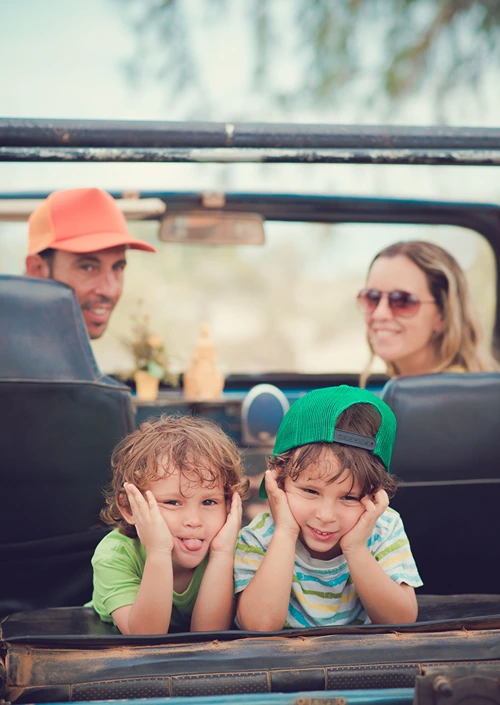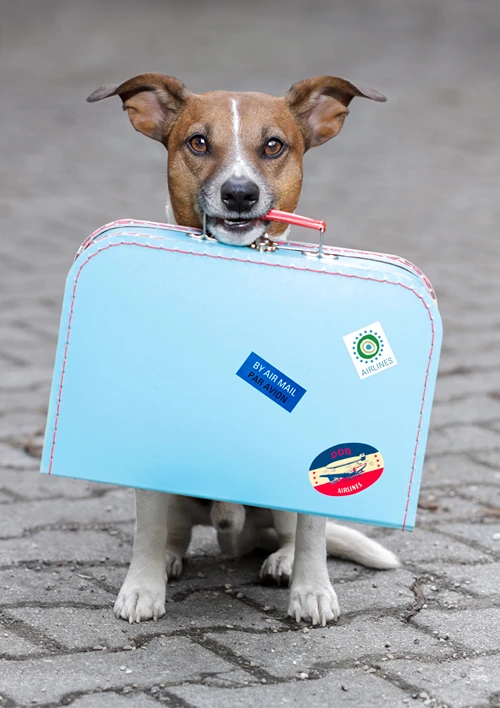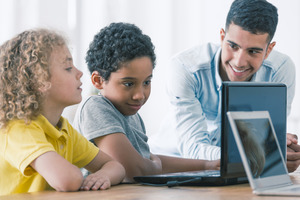A Parent’s Guide to Choosing the Right Electric Cargo Bike
For parents with toddlers and young children, switching to an electric cargo bike (3 wheel electric bike with cargo box) can be exciting. But finding a model that balances safety with convenience and extra features isn’t always easy.
From electric cargo bikes to electric trikes, there are plenty of family-friendly options. However, not all can offer the smoothest riding experience, especially for parents with younger children.
So how to pick the best 3-wheel electric cargo bike for your family? In this guide, we’ll explore different types of family-friendly options and why electric reverse trikes might be the ideal solution for parents on the go.
Understanding Electric Reverse Trikes
Unlike regular fat tire electric trikes, reverse trikes feature two wheels in the front and one in the back. The wider front wheelbase can enhance safety and stability when navigating different terrain, making them ideal for families.
One of the main benefits of a reverse trike is that the cargo/passenger area is in front of the rider. This setup allows parents to monitor their children, pets or other precious cargo while riding, adding an extra layer of safety and convenience.
Beyond that, reverse trikes are better than regular electric tricycles in several key areas like:
- Enhanced Stability: The wider front wheelbase improves stability when turning. This design minimizes the risk of tipping over.
- Better Handling: The two front wheels provide improved traction and control, making it easier to steer through various terrains and weather conditions.
- Balanced Weight Distribution: With the rider positioned at the rear and the cargo/passenger load in the front, weight is more evenly distributed.
- Superior Braking Power: Front-wheel braking combined with the even weight distribution creates stronger stopping power and increased control when slowing down.
Two Popular Types of Electric Cargo Bikes
Electric reverse trikes come in various designs to suit different needs. Some models focus on passenger and cargo hauling while others offer foldability for compact storage or fully recumbent design for ergonomic riding.
Addmotor has two models with the reverse trike configuration. This includes the Addmotor Spytan foldable electric tricycle and the Addmotor E-325 electric cargo bike.

PHOTO Addmotor Spytan eTrike
While both models feature a front-mounted cargo compartment, the Addmotor E-325 comes with a fully enclosed cargo box, seatbelts and additional features, making it the preferred option for parents. It is different from 2-wheel electric cargo bikes that need to be equipped with a baby seat(s) and less stability for riding.
While both models feature a front-mounted cargo compartment, the Addmotor E-325 3-wheel cargo electric bike stands out with its fully enclosed cargo box, equipped with seatbelts and additional safety features. This design ensures that children are securely strapped in and protected from external elements, providing parents with peace of mind during rides. The added stability of the three-wheel design further enhances safety, making it less prone to tipping over compared to its two-wheel electric bicycles.
On the other hand, two-wheel electric cargo bikes typically require separate baby seats to be installed, which may not offer the same level of protection and can result in a less stable ride, especially when carrying young kids. The three-wheel design of the Addmotor E-325 not only offers superior stability but also provides a smoother and more comfortable experience for both the rider and kids. These features make the Addmotor E-325 the preferred choice for parents seeking a reliable, safe, and convenient mode of transportation for their family.
Meanwhile, the Addmotor Spytan reverse trike is better suited for adults carrying pets or sensitive cargo. Its front-mounted cargo rack isn’t fully enclosed and has a lower weight capacity. It’s also more compact and foldable, so you can carry it in the back of a car or RV.
Evaluating Your Needs When Purchase an Electric Trike
When selecting an electric tricycle for your family, it’s important to consider your specific needs. This includes factors like budget, family requirements, and available space for storage.
Assessing Family Needs
Before choosing an electric tricycle, start by assessing your family’s specific needs. Consider factors like:
- How many children will you be carrying?
- How old are they? Will they outgrow the trike quickly?
- Do they need special seating, such as a baby seat or a trailer?
- Do you have small pets like cats or dogs that you plan to bring along?
Next, think about how and where you’ll use the electric trike:
- Will it mainly be for short trips like the park or school?
- What’s the weather like? Will you need a rain canopy for protection?
- Will you be riding off-road, such as sandy beaches or mountain trails?
- Are you looking to replace your car with the trike for long distance travel?
- Do you need a foldable model to fit in your car, garage, apartment or RV?
Answering these questions will help you determine the trike’s specifications such as payload capacity, battery range, off-road capabilities, and foldability.
Budget Considerations
Since an electric cargo trike is a significant investment, it’s important to weigh the long-term savings on fuel and maintenance. This helps you decide if switching to a trike is a financially viable alternative to using your car or other mode of transport.
Setting a budget is the first step in choosing the right electric cargo trike for your family. Start by defining your maximum spending limit and exploring the available options within that range. Then, assess whether the models in your budget meet your family’s needs.
However, if you find that the available options fall short, you can try adjusting your budget or reevaluating your needs. You can decide to invest a little more or explore financing options.
Space and Storage
Three-wheel electric bikes are larger and heavier than standard eBikes, so it’s important to plan for storage. Whether you’re keeping it in your garage, apartment or RV, make sure you have enough space to accommodate its size.
If you plan to take the trike on longer trips, think about how you’ll transport it. Some models can fold for easier storage, others may need a sturdy bike rack or dedicated transport solution. Make sure to check the weight and dimensions of your trike to ensure it fits your setup.
Also, if you’re opting for a cargo trike with a passenger section, make sure it has enough room for your children. Look for features like comfortable seats, seatbelts and weather protection to keep them safe and satisfied during rides.
Spotlight on Addmotor E-325 Electric Cargo Bike for Carrying Kids

PHOTO Addmotor E-325 eTrike
Addmotor’s E-325 trike is a standout solution for parents with several children. This reverse trike features a spacious cargo box that comfortably accommodates two adult passengers or several children depending on their size and age.
Product Overview
With an impressive 500 lb payload capacity, Addmotor E-325 can support heavy loads, like multiple children or cargo, while maintaining smooth and consistent performance.
Also, the front-mounted cargo box comes fully equipped with a sun and rain canopy, memory foam seat cushions, built-in seat belts and more. Everything is included right out of the box–there’s no need to rely on aftermarket accessories.
Unique Features and Benefits
The Addmotor E-325 is powered by a 750W rear-mounted motor that delivers a peak torque output of 90Nm. This enables smooth acceleration and maintains a consistent top speed of 20 mph.
Its 48V/20Ah battery provides an impressive range of over 60 miles on PAS level 1, making it perfect for daily commuting and weekend getaways.
For added safety, the trike features a manual parking brake system, dual headlights and hydraulic disc brakes. The 20”x2.4” front wheels combined with 24”x3” rear wheel offer a smooth and stable ride when navigating city streets.
Conclusion
For most parents, a reverse electric tricycle is a great choice. The key advantage is the ability to keep a close eye on your children while riding, as the cargo box or passenger area is positioned in the front.
So if you’re in the market for a family-friendly electric reverse trike for urban adventures, the Addmotor E-325 is an excellent option. With a 500 lb payload capacity and a range of up to 60 miles, you can easily take the kids to school, run errands or even enjoy leisurely rides without any hassle.








